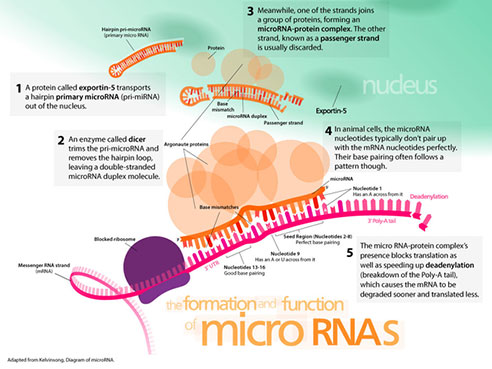
This “Manhattan plot” shows the locations of the 44 major depression loci on the human genome. The vertical axis shows statistical significance. The higher the more significant. Everything shown above the red horizontal line is statistically significant.
A new meta-analysis of more than 135,000 people with major depression and more than 344,000 controls has identified 44 genomic variants, or loci, that have a statistically significant association with depression. Of these 44 loci, 30 are newly discovered while 14 had been identified in previous studies. In addition, the study identified 153 significant genes, and found that major depression shared six loci that are also associated with schizophrenia.
Results from the multinational, genome-wide association study were published April 26 ...
Read More








Recent Comments